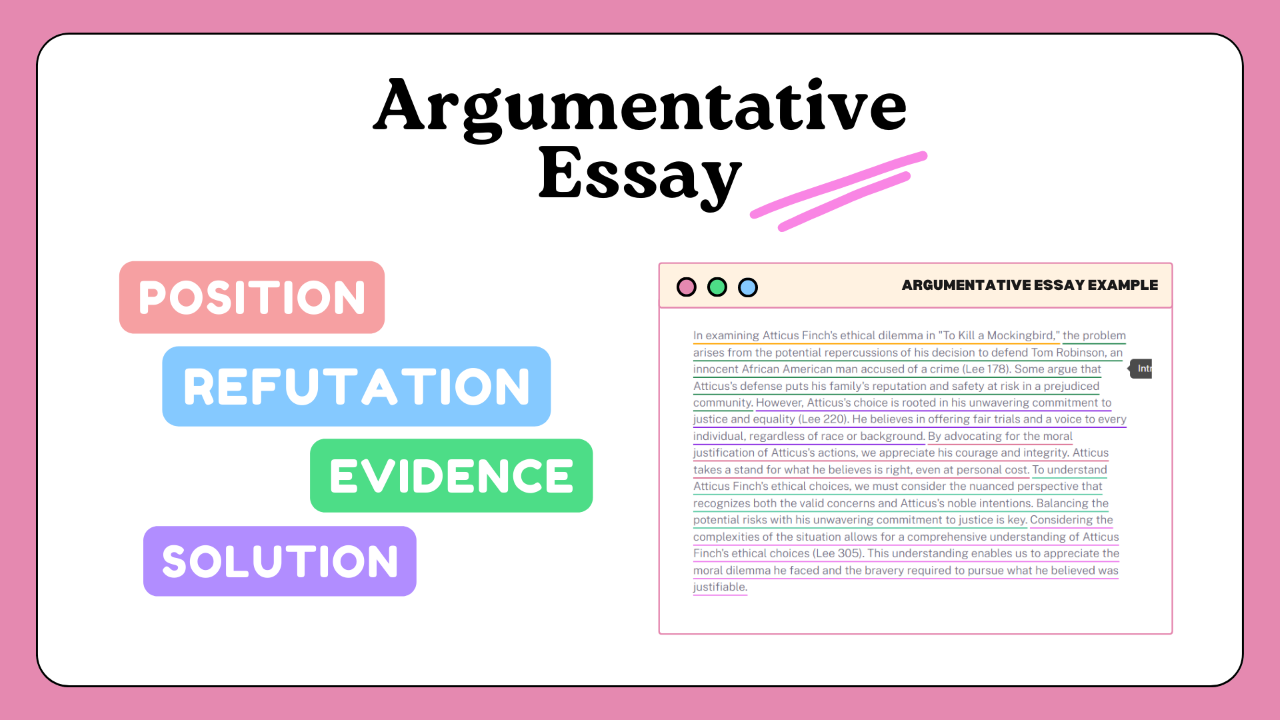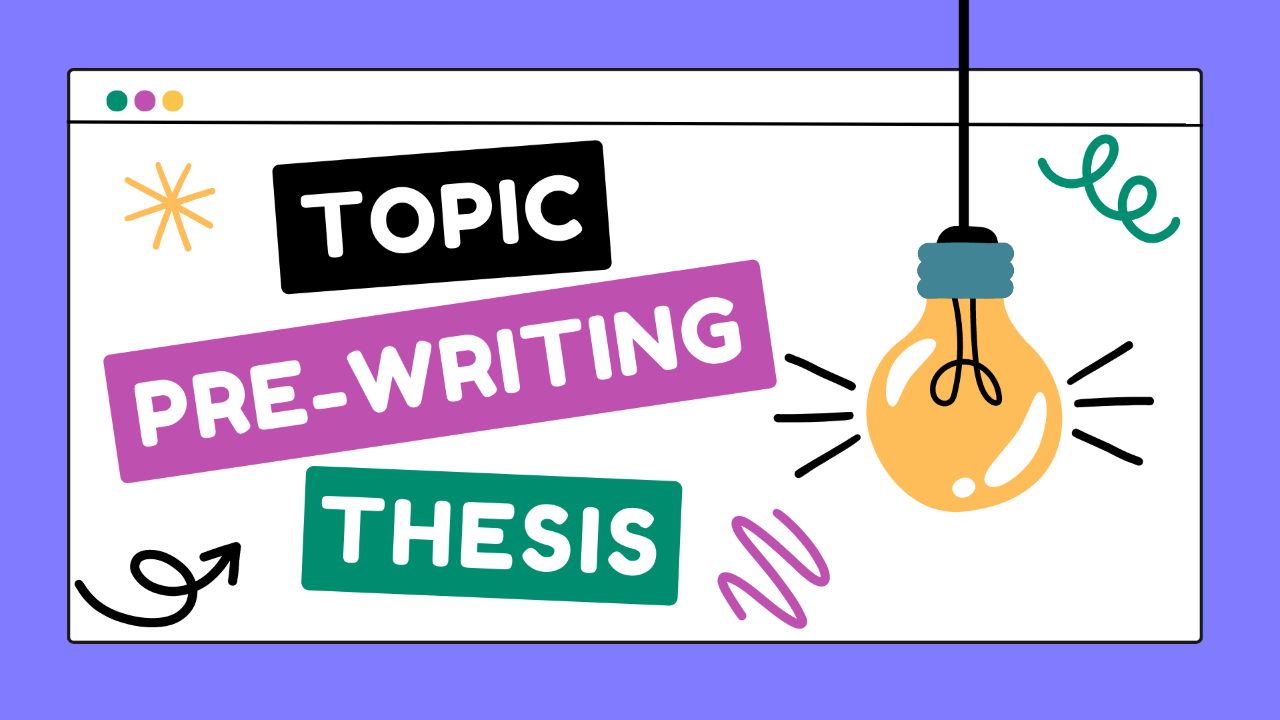
Research Essay: A Step-by-Step Process of Writing a Perfect Paper

A research essay is a scholarly piece of writing that aims to investigate a specific topic or problem by gathering and analyzing information from credible sources. Its purpose is to present a well-researched argument or analysis based on evidence, supporting your claims with facts, data, and scholarly sources. By conducting in-depth research and critically analyzing the information, a research essay contributes to the existing knowledge on the chosen subject.
In this comprehensive guide we will take you through the step-by-step process of writing a research essay. We will explore the key elements, features, and tips that will help you structure the intro, body, and conclusion effectively and produce a compelling piece of paper. By understanding the significance of each step and employing the appropriate techniques, you will be able to create a well-organized and engaging research essay. This guide is designed to equip you with the necessary skills and insights, offering examples and explanations that will enhance your understanding and boost your confidence as you take on your research assignment.
Unveiling the Essential Features of a Research Essay
Research essay requires a meticulous approach to research, proper citation formatting, and a coherent and well-structured presentation of ideas. Let’s explore some of the key features of research essay:
- Objectivity: Maintain a neutral and unbiased perspective throughout the essay. Base your arguments on evidence and logical reasoning rather than personal opinions or biases. This helps to establish credibility and strengthen the validity of your claims.
- Critical Analysis: Conduct a comprehensive evaluation of the information gathered during your research. Analyze the strengths and weaknesses of existing research and identify any gaps or areas for further exploration. This critical analysis allows you to contribute new insights to the topic and demonstrate a deeper understanding of the subject matter.
- Emphasis on Reliable Sources: Ensure that your research essay is built on credible and authoritative sources. Rely on academic journals, peer-reviewed articles, reputable books, and trusted websites to support your arguments. By using reliable sources, you enhance the credibility and reliability of your essay, demonstrating the validity of your claims and strengthening your overall argument.
- Meticulous Research: Conduct thorough and meticulous research to gather relevant information and data. Dive into different sources, explore various perspectives, and seek out primary sources whenever possible. This rigorous research process enables you to gather a comprehensive understanding of the topic and provide a well-informed analysis in your essay.
- Proper Citation and Referencing: Accurately cite all the sources used in your research essay. Adhere to the appropriate citation style, such as APA, MLA, or Chicago, and provide a detailed reference list or bibliography. Proper citation and referencing ensure academic integrity, give credit to the original authors, and allow readers to verify your sources.
By incorporating these features into your research essay, you can produce a well-crafted and compelling piece of academic writing that is grounded in evidence, critical analysis, and reliable sources.
Key Elements to Include in a Research Essay
To draft an effective research essay, there are key elements that you need to consider for writing a well-structured paper. These include:
- Formulating a clear research Question: Start by defining a focused and specific research question that aligns with your topic and objectives.
- Conducting thorough research: Gather information from reliable sources such as academic journals, books, reputable websites, and scholarly databases. Take comprehensive notes and organize your findings.
- Organizing your findings: Develop a coherent and logical structure to present your research. Group related ideas and evidence together to support your main arguments.
- Formulating a Clear Research Question: Start by defining a focused and specific research question that aligns with your topic and objectives.
- Presenting a Logical Argument: Build a strong case by presenting a clear and well-supported argument. Use evidence, data, and logical reasoning to support your claims.
Integrating these vital elements into your research essay will elevate its quality and effectiveness. By formulating a clear research question, conducting thorough research, organizing your findings, and presenting a logical argument, you will create a compelling essay that engages readers and demonstrates your expertise on the subject matter.
Research Essay Structure: A Roadmap to Successful Academic Writing
Writing a research essay requires a well-structured approach to effectively communicate your ideas and findings. By following a clear structure, you can ensure that your essay is cohesive, organized, and persuasive. The structure of a research essay consists of an introduction paragraph, body, and conclusion. Let's explore each section in detail:
1 Writing an Engaging Introduction: Setting the Stage for Your Research Essay
The introduction paragraph of a research essay plays a crucial role in setting the tone, capturing the reader's attention, and providing necessary context for your research findings. Consider the following steps when outlining the introductory paragraph of your research essay:
- Hook: Begin with a compelling hook or attention-grabbing statement to engage your readers from the start. Use different types of hooks to grab your reader's attention and ignite their inquisitiveness.
- Background: Provide background information on the topic to establish its relevance and importance.
- Research Problem: Identify the specific research problem or gap in knowledge that your essay aims to address.
- Objectives: State the objectives of your research and present a concise thesis statement that summarizes your main argument or findings.
- Road-map: Provide a brief overview of the main points or sections that you will cover in the body of your essay.
By following this outline for structuring the opening paragraph for your essay, you can create a well-organized and impactful introduction for your research paper that effectively communicates your ideas and contributes to the existing body of knowledge. Here's an example illustrating "The Impact of Climate Change on Biodiversity Conservation," to help you understand how to write the introduction paragraph for your research essay.
Example: Research Essay Introduction Paragraph
The delicate balance of our planet's biodiversity is under threat as climate change continues to reshape ecosystems worldwide. According to recent studies, the rise in global temperatures has led to a staggering 30% increase in coral bleaching events worldwide (Johnson et al., 2021). Such changes in temperature and weather patterns pose a grave threat to biodiversity, with approximately 1 million species at risk of extinction by the end of the century if immediate action is not taken (Adams, 2019; Jones & Brown, 2020). This study explores the intricate relationship between climate change and biodiversity conservation, examining the direct and indirect consequences of these environmental shifts. The effects of climate change on species' habitats, followed by an analysis of the consequences for biodiversity loss, and innovative conservation approaches that can help safeguard our precious ecosystems will be discussed in this paper.
2 Writing the Body of a Research Essay: Tips for an Effective Analysis
When it comes to writing the body paragraphs of a research essay, there are several important points to consider. These points will ensure that your analysis is well-structured, supported by evidence, and contributes to the overall argument of your essay. Here are some tips to consider when structuring the body paragraphs for your research essay:
- Clear Organization: Begin by organizing your body paragraphs in a logical and coherent manner. Each paragraph should focus on a specific aspect or subtopic related to your research question or thesis statement.
- Topic Sentences: Start each body paragraph with a clear topic sentence that introduces the main point or argument you will be discussing in that paragraph. This will help guide your reader and maintain a clear flow of ideas.
- Supporting Evidence: Provide evidence and examples to support your claims and arguments. Use reputable sources, such as scholarly articles, research studies, or statistical data, to back up your statements.
- Analysis and Interpretation: Analyze and interpret the evidence you present in each body paragraph. Demonstrate your critical thinking skills by examining the implications and significance of the evidence in relation to your research topic.
- Coherence and Transitions: Ensure that your body paragraphs are coherent and connected. Use transitional phrases and words to smoothly transition from one paragraph to another, maintaining a logical progression of ideas.
Let's explore how to write a compelling body paragraph for a research essay with example and tips. Hover over each sentence to discover how to structure it effectively.
Example: Research Essay Body Paragraph
The effects of climate change on species' habitats are profound and far-reaching. As temperatures continue to rise, numerous ecosystems are experiencing significant disruptions. Polar ice caps are melting, leading to the loss of habitat for polar bears and other Arctic species (Johnson et al., 2020). In tropical regions, coral reefs are increasingly threatened by ocean acidification and rising sea temperatures, resulting in coral bleaching and the subsequent decline of marine biodiversity (Smith, 2019). Additionally, changing rainfall patterns and more frequent extreme weather events, such as droughts and floods, are altering the distribution and availability of resources for various species, impacting their survival and reproductive patterns (Adams & Brown, 2021). These effects highlight the urgent need for proactive measures to mitigate climate change and protect the delicate balance of our ecosystems.
3 Writing the Conclusion: Bringing Your Research Essay to a Thoughtful Close
Writing a compelling conclusion is essential to wrap up your research essay effectively. Follow these step-by-step guidelines to create a strong conclusion:
- Summarize Key Findings: Recap the main points and findings discussed in your essay, emphasizing their significance in relation to the topic of climate change and species' habitats.
- Reiterate the Thesis Statement: Restate your thesis statement, highlighting its relevance and the insights it provides into the impact of climate change on species' habitats.
- Reflect on the Implications: Discuss the broader implications of your research, considering the long-term consequences of climate change on biodiversity conservation and the urgent need for action.
- Offer Suggestions for Future Research: Propose potential areas for further exploration and research, demonstrating your understanding of the ongoing nature of the topic.
Finally, let's examine the process of writing a conclusion paragraph for a research essay, complete with examples and useful tips. Hover over each sentence to uncover effective structuring techniques.
Example: Research Essay Conclusion
This paper has explored into the effects of climate change on species' habitats, the consequences for biodiversity loss, and innovative conservation approaches. By examining the topic in depth, several key points and research findings have emerged. Firstly, climate change significantly impacts species' habitats, with rising temperatures, changing precipitation patterns, and habitat destruction threatening species' survival. Secondly, biodiversity loss poses alarming consequences, including species extinction, reduced genetic diversity, and ecosystem degradation. Lastly, innovative conservation approaches, such as sustainable practices, habitat restoration, and awareness-raising, offer hope for protecting vulnerable species. Reflecting on the implications of this research, it becomes evident that urgent action is required to address climate change and its impact on species' habitats, underscoring the need for global collaboration, policy changes, and individual responsibility. Furthermore, future research should continue to explore the intricate relationships between climate change, species' habitats, and conservation efforts by investigating new strategies, monitoring biodiversity trends, and assessing the effectiveness of conservation initiatives.
In this comprehensive guide, we have explored the step-by-step process of writing a research essay, covering key elements, features, and tips for structuring your academic essay effectively. By understanding the importance of structuring each section of your paper and employing proper techniques, you can write a well-organized and compelling research essay that impresses others.
Checklist for Writing a Research Essay
0/15
Free Sample Essays & Papers
Download free PDF examples of essays and papers in various subjects, all with different citation styles! Get inspired, conquer writer's block, and find the perfect format for your next assignment. Click to download now!





